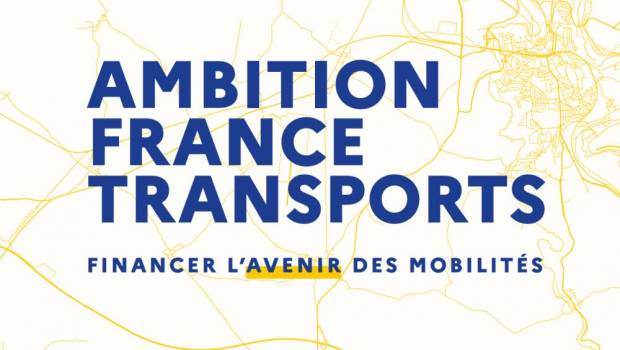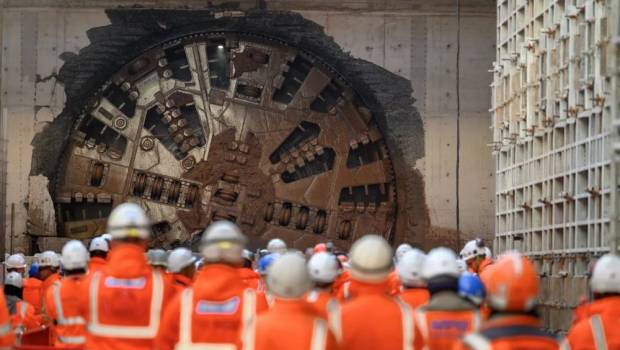The new BIM tool allows to store real-time data from 3D models across disciplines.
PUBLICITÉ
COWI’s long-term plan is to ensure that its BIM collaboration model could handle twenty-four BIM parameters.
The first infrastructure project to use this COWI’s model, the Danish large Ringsted-Fehmarn railway project applies seven parameters among which the 3D coordination.
Jesper Sørensen declared: "3D coordination offers much better possibilities for handling interface conflicts, because many conflicts are not identified until elements are shown at the elevation, where they will actually be located. Such conflicts are not possible to detect in 2D design."
To optimize BIM, it is essential that all parties delivering data to the project follow the defined file structures.
Sørensen said: "In the perfect BIM model, everyone would deliver their design in 3D – everything from bridges to electrical installations and wildlife fences."
The Vice President of COWI’s department of Railways and metros, Soren Husted believes that BIM could have a massive impact on the railway industry and that working on a common model could benefit professionals.
He said: "If a common model and common standards were in place, you would only have to do things once, from planning to operation, and you would avoid losing significant value every time the project changes hands."




















![[Tribune] La donnée pour sécuriser les infrastructures critiques](/e-docs/00/02/57/95/tribune-donnee-pour-securiser-les-infrastructures-critiques_620x350.jpg)







